Flight Mechanics - TU Delft
1/41
There's no tags or description
Looks like no tags are added yet.
Name | Mastery | Learn | Test | Matching | Spaced |
|---|
No study sessions yet.
42 Terms
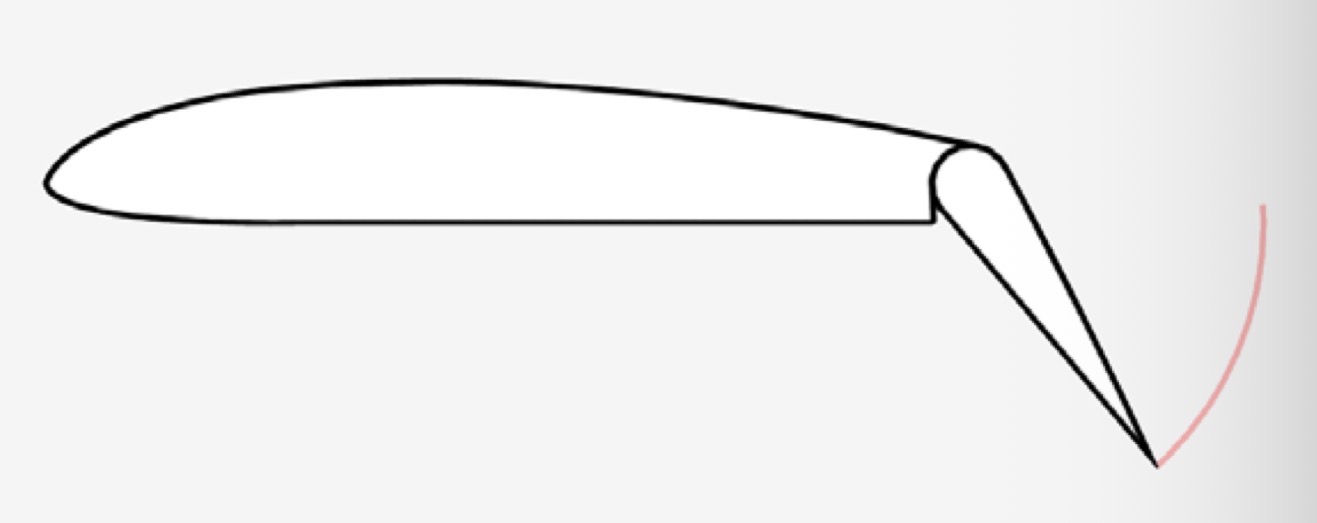
Plain Flap,
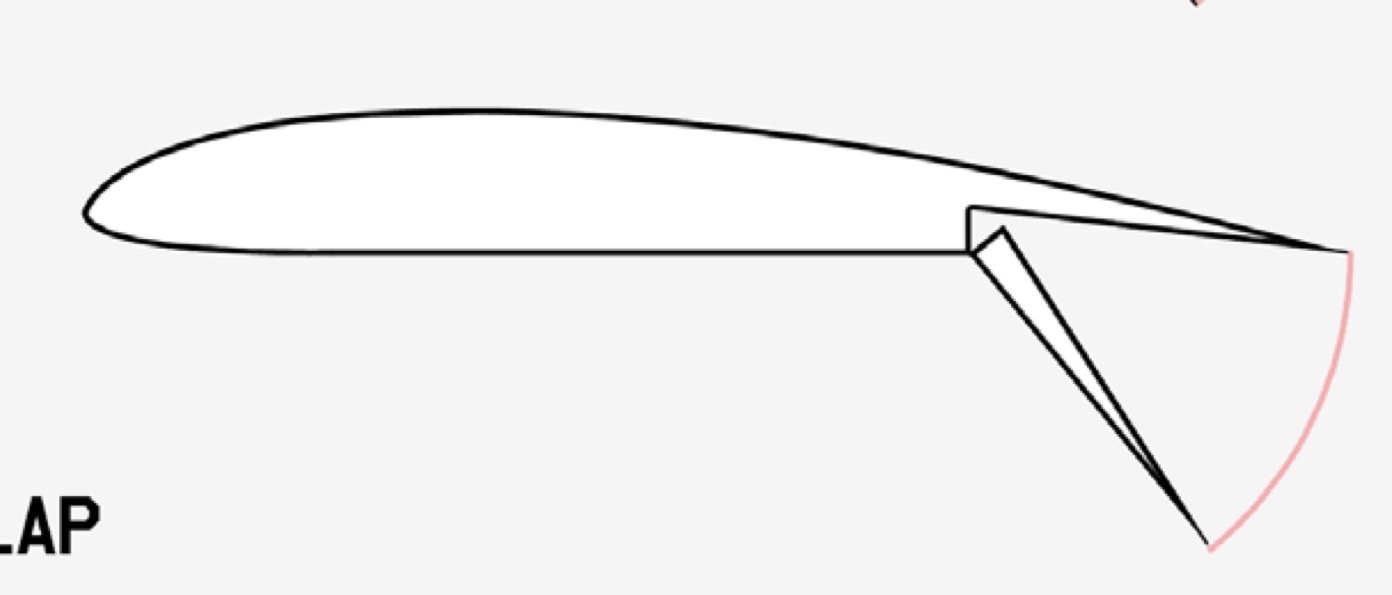
Split Flap
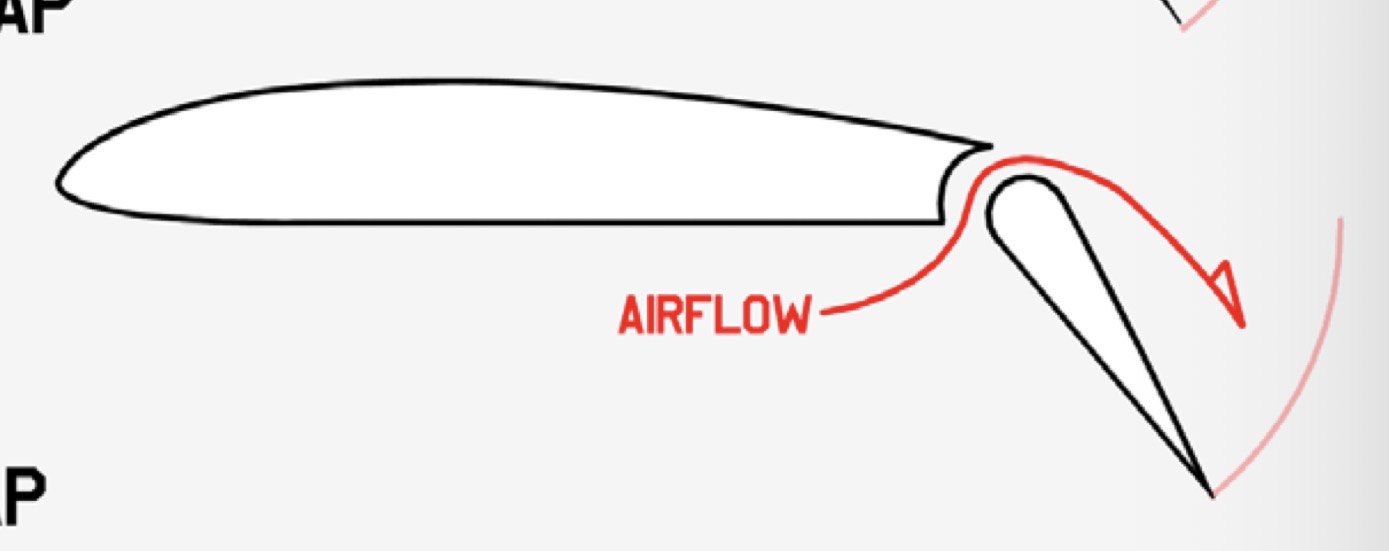
Slotted Flap

Fowler Flap
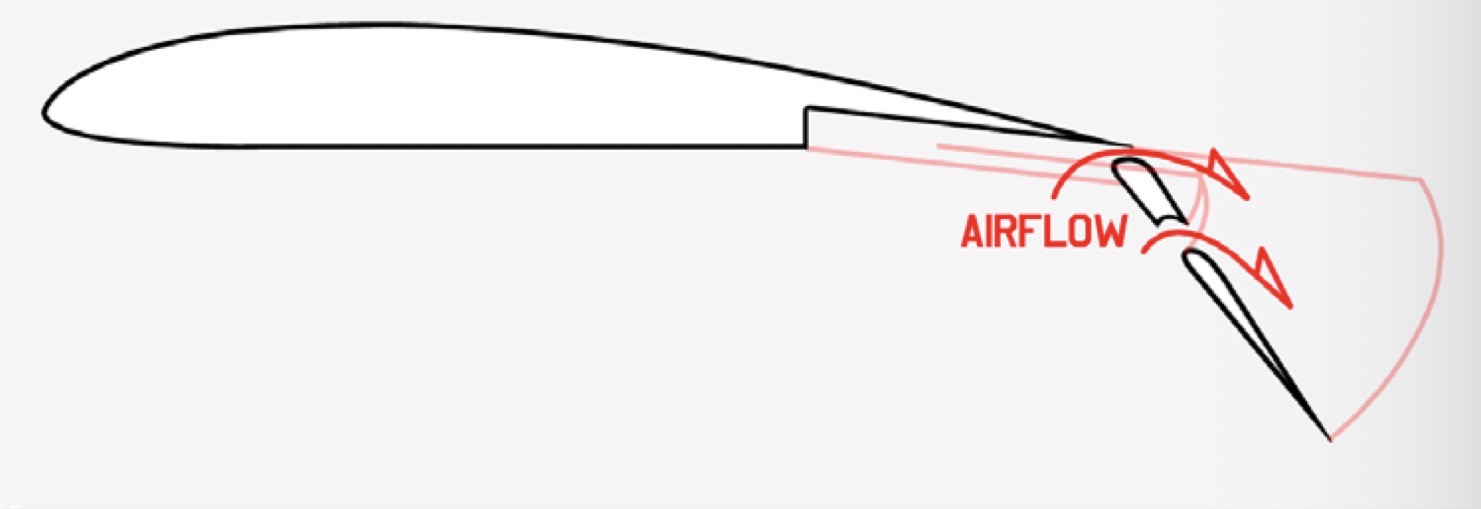
Double-slotted Fowler Flap

Krueger Flap

Leading Edge Droop

Handley-Page Slot
What is the mechanism and function of a Plain Flap?
Mechanism: Trailing edge section hinges downward.
Function: Increases the wing’s camber, increases both lift and drag.
What is the mechanism and function of a Split Flap?
Mechanism: Only the bottom surface of the trailing edge hinges downward.
Function: Increases lift but increases drag a lot.
What is the mechanism and function of a Slotted Flap?
Mechanism: A flap hinges down, creating a slot.
Function: The slot reenergizes the air with high pressure air, delaying flow separation (stall)
What is the mechanism and function of a Fowler Flap?
Mechanism: Slides backward and then hinges downward.
Function: Increases both surface area and camber, large increase in lift.
What is the mechanism and function of a Double-slotted Fowler Flap?
Mechanism: A Fowler flap which itself splits into two sections (double slots).
Function: Same as a Fowler flap, but at higher AoA from the double slots.
What is the mechanism and function of a Krueger Flap?
Mechanism: Leading edge device which hinges forward and up.
Function: Increases camber and directs airflow to the top side, delaying stall.
What is the mechanism and function of a Leading Edge Droop?
Mechanism: Leading edge device where the nose section pivots downward.
Function: Increases camber and allows for higher AoA.
What is the mechanism and function of a Handley-Page (Slat)?
Mechanism: Leading edge device where a separate airfoil section (slat) moves forward.
Function: Opens a slot which directs high-energy air over the top, delaying stall.
The Earth Axis System is denoted as ___ and is attached to ___.
Xg, Zg and the ground, stationary
The Moving Earth Axis System is denoted as ___ and is attached to ___.
XE, ZE and the aircraft’s position (not rotated)
The Body Axis System is denoted as ___ and is attached to ___.
XB, ZB and the fuselage
The Air Path Axis System is denoted as ___ and is attached to ___.
XA, ZA and the air speed vector VA
The force perpendicular to the air speed vector in the KD
mV(dγ/dt) (m=W/g)
The force parallel to the air speed vector in the KD
m(dV/dt) (m=W/g)
Climb Angle
γ (between XE and XA)
Thrust Angle
αT (between XA and the thrust vector T)
Angle of Attack (geometric)
α (between XA and XB)
Pitch Angle
θ (between XE and XB)
Relationship between the angles in the FBD and KD
θ = γ + α
The equation of motion parallel to VA
T*cosαT - D - W*sinγ = (W/g)(dV/dt)
The equation of motion perpendicular to VA
L - W*cosγ + TsinαT = (W/g)V(dγ/dt)
Steady Flight means…
The forces and moments acting on the aircraft do not vary in time, neither in magnitude, nor in direction (dV/dt = 0)
Horizontal Flight means…
The aircraft remains at a constant altitude (dγ/dt = 0)
Symmetric Flight means…
The angle of sideslip is zero and the plane of symmetry of the aircraft is perpendicular to the earth (β=0 and the aircraft is not turning)
Minimum Air Speed is obtained from…
Maximum CL
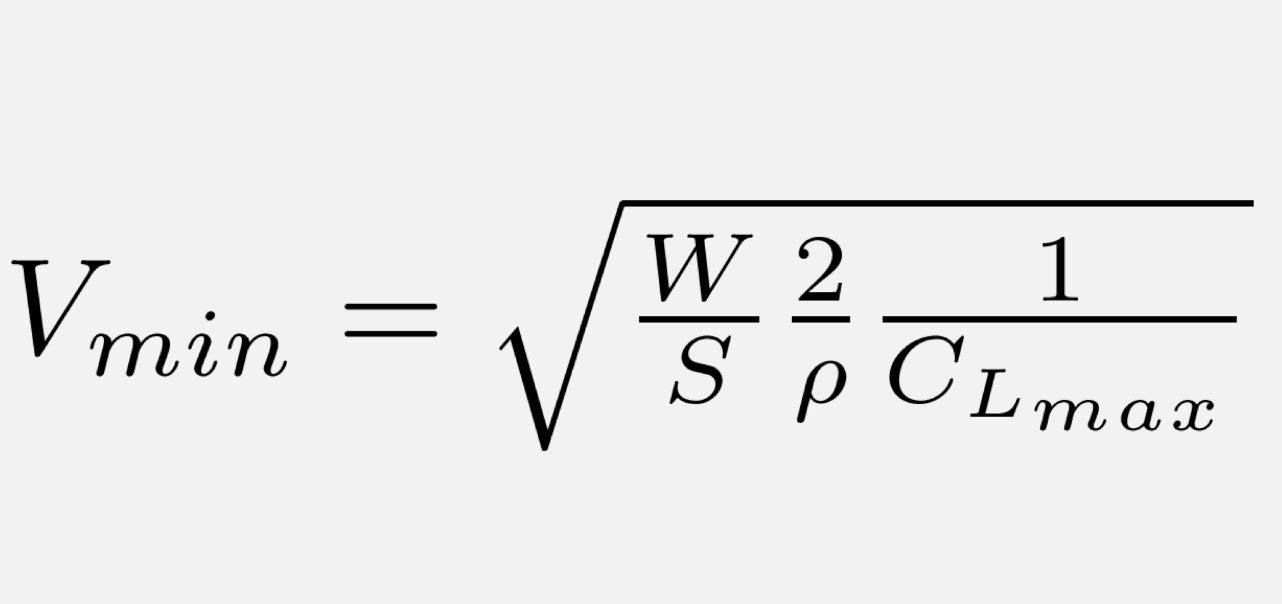
Optimal Air Speed is obtained from…
Optimal CL
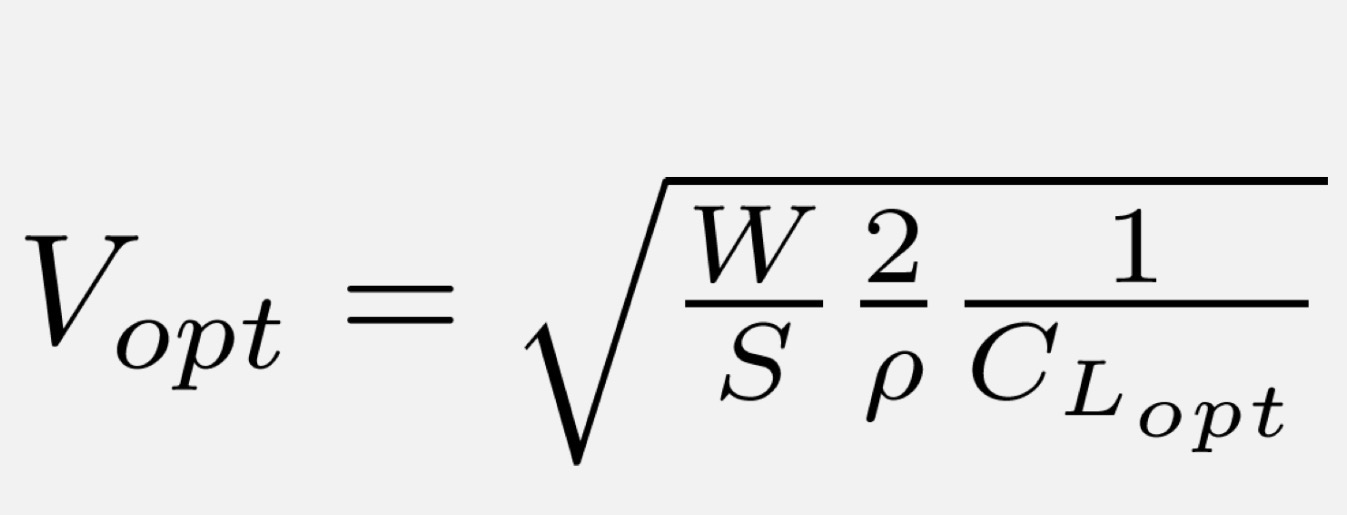
The effect of weight on the performance diagram is…
The curve shifts up and to the right (optimal airspeeds changes)
An aircraft’s speed is stable if…
If its in the frontside of the power curve (i.e. faster than the minimum)
An aircraft’s speed is unstable if…
If its in the backside of the power curve (i.e. slower than the minimum)
CDA is an acronym for…
Continuous Descent Approach
ILS is an acronym for…
Instrument Landing System (guides the aircraft along the flight path)
A Steep Climb means…
Maximum Climb Angle, γ
A Fast Climb means…
Maximum Rate of Climb, ROC